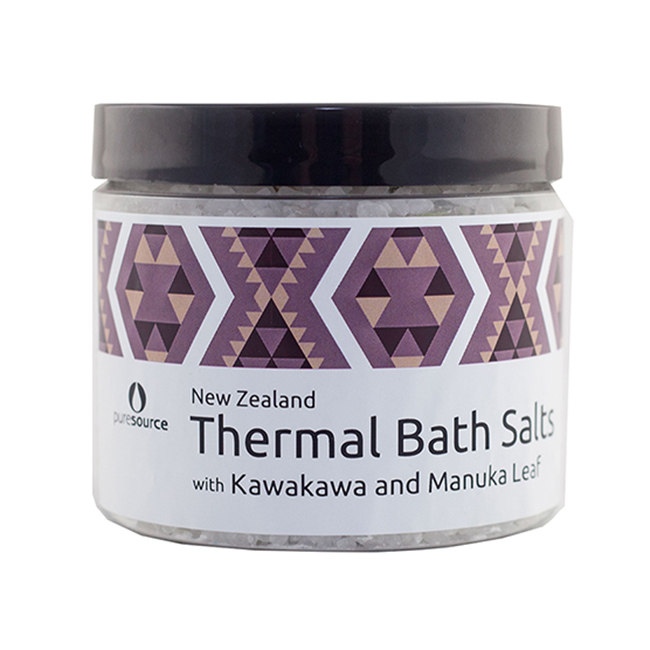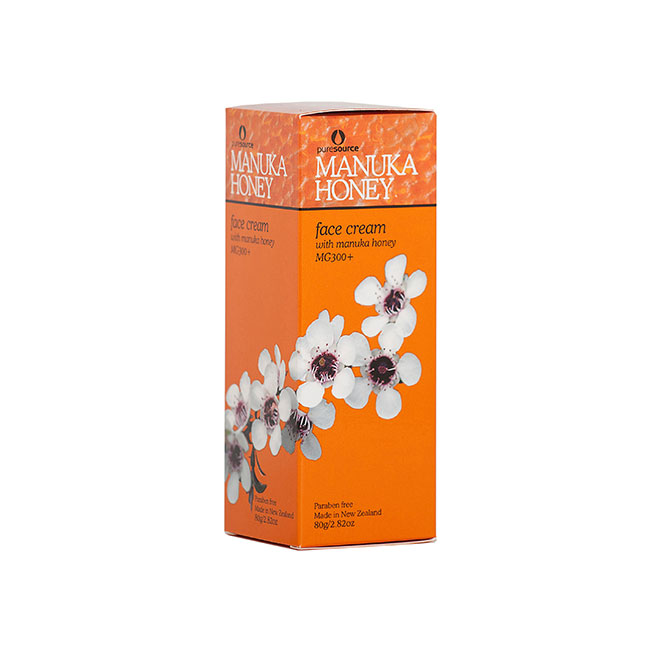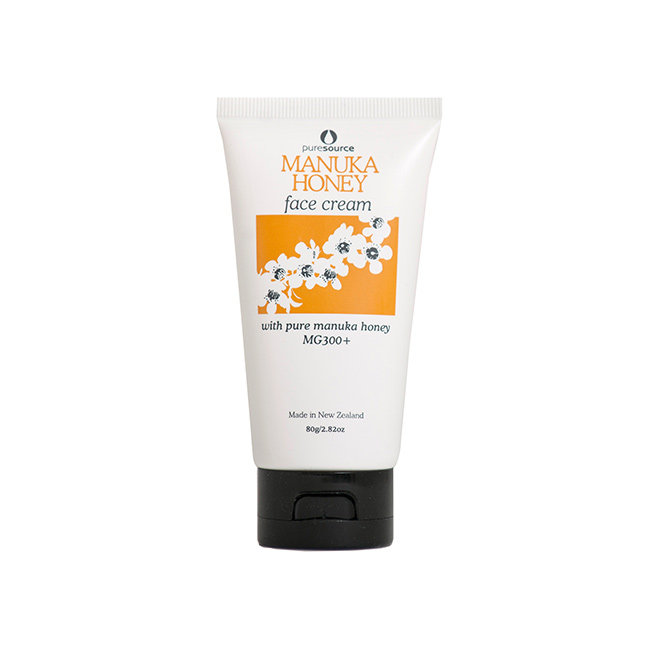SKIN TYPES & INFO
It is important to choose the right products for your skin type. To help determine this you can use the information below to find which type category is right for you. You can then filter our products by your skin type to display relevant products and we also provide detailed information relating to skin types on each product page.
It’s also important to note that, skin types can change with the change in seasons, a change in diet, age and other external factors
Normal skin does not feel dry or oily. Most of the time your skin is in balance, it has the right amount of moisture to feel good and look great. Pores are visible but not large or clogged. After a wash it feels smooth and comfortable. At midday it still looks fresh and clean. Only occasionally break out in spots. It’s healthily plump and tends not to wrinkle much.
Dry skin has a thin and papery texture. It feels dry to touch. The pores are very fine. After a wash it feels tight, as though it is too small for the face. By midday flaky patches appear. Hardly ever break out in spots.
Oily skin feels very greasy. The texture is often very thick and coarse, however it won’t wrinkle much with age and it will stay supple as you get older. There are large, visible pores. After a wash it feels fine. By midday it looks shiny. Often break out in spots.
Combination skin is normal with a few dry patches and a few oily patches. Dryness is usually on the cheeks. Oiliness is usually on the T-zone. After a wash some areas feel dry and some smooth. By the midday the T-zone is shiny. Often break out in spots in the T-zone. Most women have combination skin.
Sensitive skin can be easily irritated. Typical reactions are itching, burning, chafing and stinging. After a wash a wash it feels dry and itchy in places. By midday there are flaky patches and some redness. Occasionally break out in spots.
MORE ABOUT SKIN
Skin is the largest organ in your body and one of the most important. It keeps your body safe from infection and is able to regulate your body’s temperature using the sweat glands, it can also detect pain and protects the internal organs from sun damage. It carries toxins away from the vital organs to be excreted through glands around the body.
Skin is thinnest on your eyelids and thickest on the palms of your hands and soles of your feet. At any one time over half of your total blood supply is circulating through the skin enabling nourishment to the skin through minerals, vitamins and antioxidants which are present in your blood.
Learn more about the three main layers to your skin:
The Epidermis is the top layer of skin, the part you can see. This part of the skin does not have any blood vessels in it and acts like a barrier for your body. This is the layer that most cosmetics affect; the condition of your epidermis will determine how fresh your skin looks and how well it absorbs moisture from outside sources. The Epidermis has three major types of cells: Keratinocytes, Melanocytes and Langerhans, and six different layers. The Keratinocytes are found in the deepest part of the Epidermis, called the Stratum Germinativum (also Stratum Basale), they are immature at this point and are rapidly dividing, as they mature the Keratinocytes lose water, flatten out and move upwards towards the top layer of the Epidermis called the Stratum Disjunctum. Human nails are made at the Stratum Germinativum level. The Keratinocytes prevent toxic and unwanted substances entering the body and also prevent the loss of important components like nutrients leaving the body through the skin.
The Melanocytes are the cells which make up the pigmentation of the skin. The acidity of the Melanocyte cells is what determines the strength of colour in your skin and not the amount of Melanocyte cells present.
Lastly the Langerhans are present to call on the immune system in case of an infection. They are circulating cells which are called to the site of an infection to alert the body you have an infection, for example a rash, and your body inturn alerts your immune system.
The Stratum Disjunctum are the dead skin cells which are mainly the dead Keratinocytes and lipids, they replace themselves every three to five weeks and are found on the outermost layer of the skin. Exfoliants, peels and scrubs remove the dead skin cells, speeding up skin renewal.
The second layer in the Epidermis is the Stratum Corneum. No water from inside the body reaches this layer but water from outside the skin can and moisturising your skin stimulates the cells before they are replaced.
The third layer is the Stratum Lucidum and is only found on the soles of your feet and your palms, this gives them extra padding for protection.
The fourth layer is the Stratum Granulosum which are cells made up with the keratin protein. These proteins along with others create the water proof cells in your skin.
The fifth layer is the Stratum Spinosum, the Langerhans cells are found here. This layer is a part of the immune system that fights foreign substances from penetrating the skin and also fights infections. The Langerhans cells call on the immune system to help fight infections.
The sixth layer, Stratum Germinativum, is where the Keratinocytes are formed. Melanocytes, the cells that produce melanin, also are formed at this level.
The next major layer down is the Dermis layer. This layer has blood vessels which provide blood to that upper epidermis layer and also nerves are present here, which create the sensations to the skin like pain and heat. The Dermis also provides some of the ‘padding’ in your skin but also varies in thickness depending on the location of the skin on the body. The Dermis is a permanent layer of skin, it does not replenish. It can not be reached by cosmetics as they only work their way in to the epidermis.
The Dermis contains the tissues elastin and collagen. Collagen provides the structural support and elastin gives the skin resilience, it is this layer that stays elastic or gets saggy and causes the wrinkles or firmness in your skin’s look. If you spend a large amount of time in the sun, you destroy that elasticity in your skin and can make it look old and wrinkly. A mixture of sweat, uric acid and sebum provides an acidic mantle to the skin which protects it from bacteria and debris.
- Also known as the Subcutaneous Layer.
This is a layer of fat and connective tissues that houses larger blood vessels and nerves. It also contains hair follicle roots, sweat glands, sebaceous glands and lymphatic vessels that contain the lymphatic fluid, the Hypodermis is vital for the regulation of the skin temperature.
As a person ages the subcutaneous tissue is lost which leads to sagging and wrinkles. While the Hypodermis tends to be spread all over the body it is different for males to females due to our genic build. For women there is more in the thighs, hips and buttocks, while in men it spreads more over the abdomen and shoulders. Skin care products and other treatments don’t directly affect or rebuild the subcutaneous layer.



